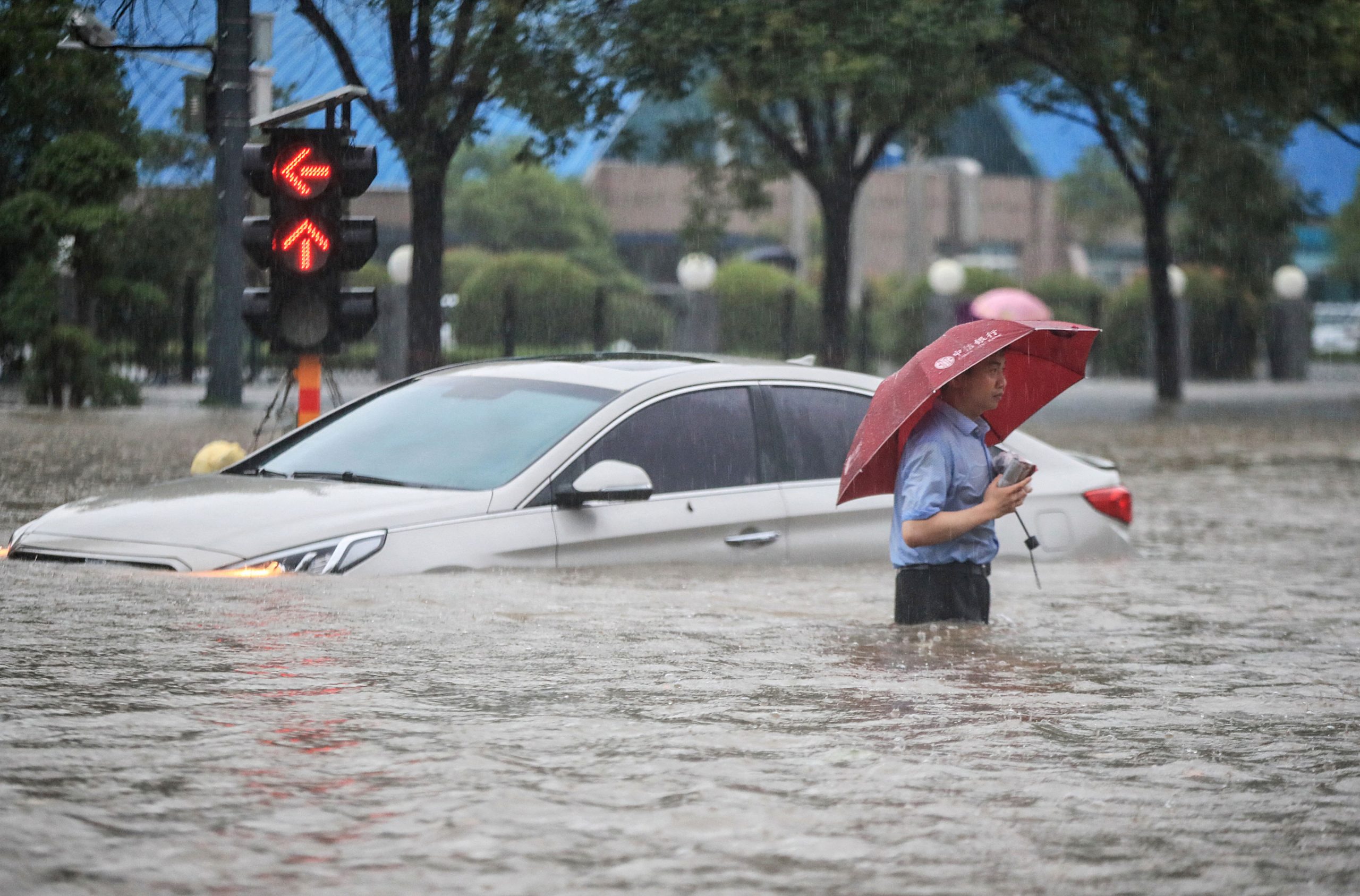With Tropical Storm Henri wreaking havoc in parts of the United States and forecasters expecting plenty of rain and flash floods, it’s very important to know how one can keep informed and keep safe during a flash flood warning.
Firstly, understand the difference between a flash flood watch and a flash flood warning. While a flash flood watch means a flash flood is possible in your area, a flash flood warning means flash flooding is already occurring or will occur soon in your area.
ALSO READ | Remnants of Storm Fred leaves flash floods, damage in Massachusetts
Additionally, it is important to remember that rain isn’t the only factor that contributes to flash flooding. To determine risk, meteorologists often look at how saturated the ground is, meaning how much water the ground is holding compared to how much it can hold.
If it rains a lot but the ground is dry, the water will be absorbed by the earth and the risk of flash flooding will be low. However, if the ground already has a lot of water, it won’t be able to take on much more, resulting in significant danger of flash flooding.
Now, once a flash flood watch has been issued in your area, you’ll immediately have to prepare and increase your chances of survival. To keep updated about the flooding updates, listen to local radio, NOAA radio or TV stations for the latest information and updates. People should keep informed about weather conditions and listen to the advice of local officials.
Once a flash flood watch has been issued, check your emergency kit and replenish any items missing or in short supply. Keep it nearby.
Here’s what you can do before a flash flood strikes:
- Create a communications plan with family members to meet at a safe location
- Assemble an emergency kit with food, water, and medicine to last at least 3 days
- Stay tuned to local weather alerts and notifications as forecasters can determine where flooding is anticipated several days before it will happen.
- Charge any essential devices beforehand
Meanwhile, during a flood, it’s important to stay informed, get to higher ground, and not try to walk or drive through floodwaters. It only takes six inches of rushing water to knock a person off their feet, and 12 inches to carry away most cars or small SUVs. Be especially cautious at night when it’s harder to see flood danger. Furthermore, keep children and pets out of the water.
Finally, even after a flood is visibly over, do not attempt to return to affected areas until officials say it is safe to do so. Once you are able to go home, look for loose power lines, damaged gas lines, cracks in the foundation or other damage before you enter your home.







